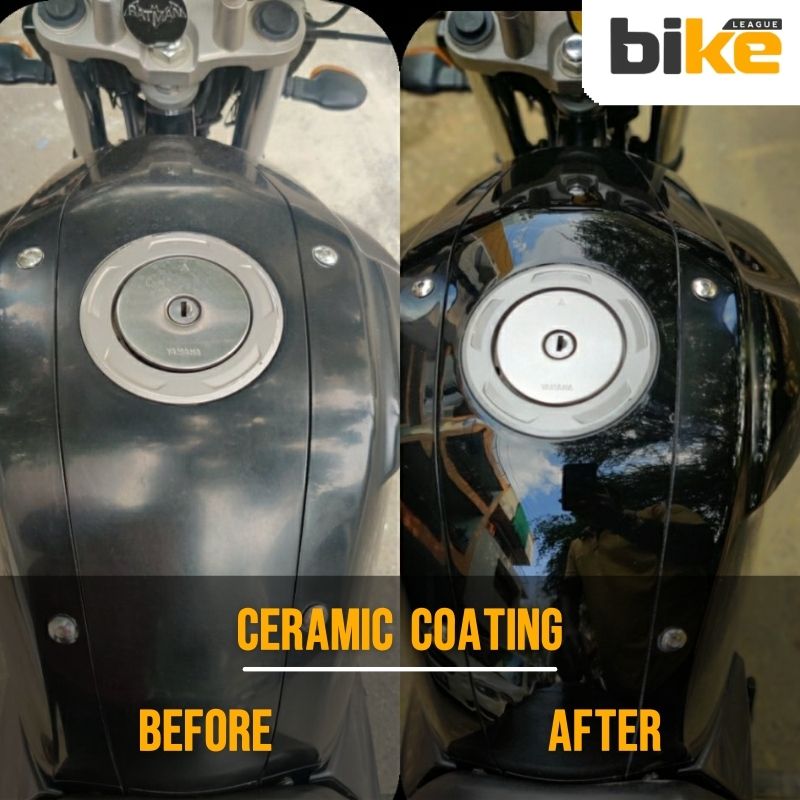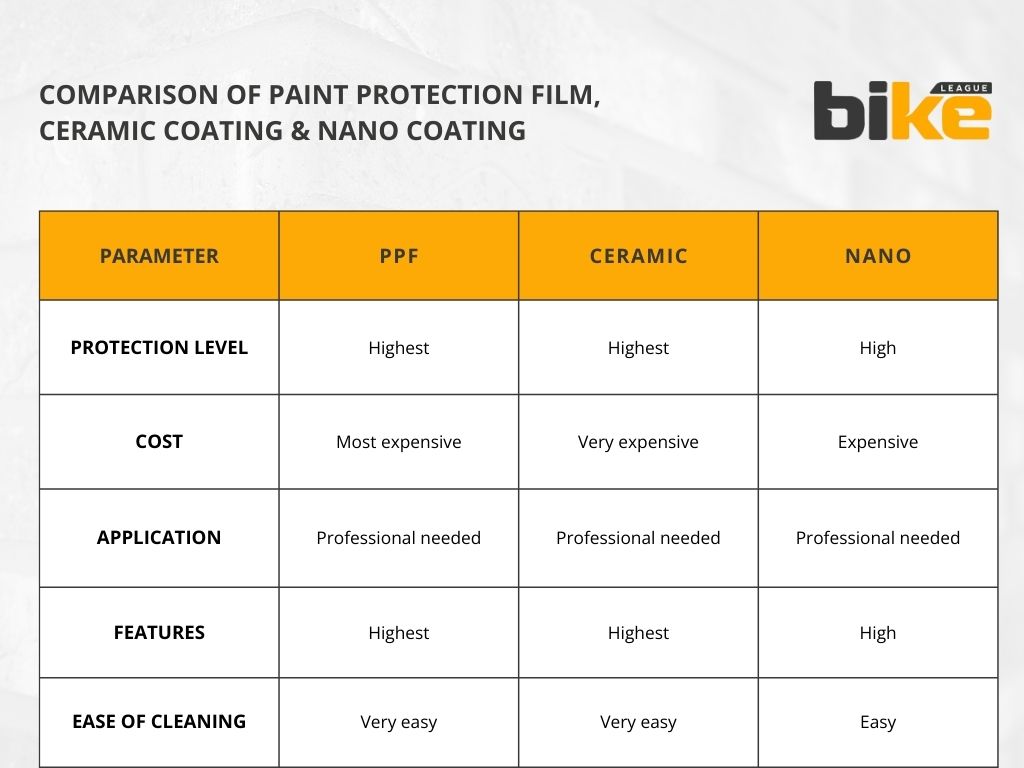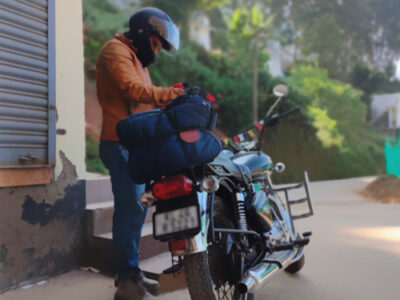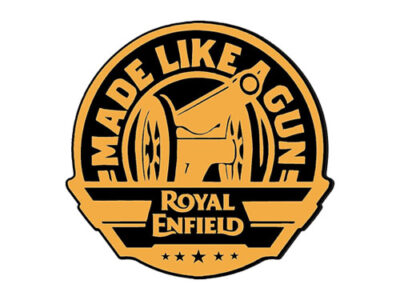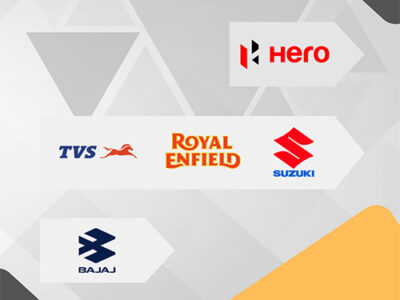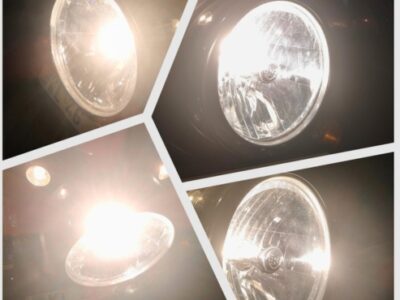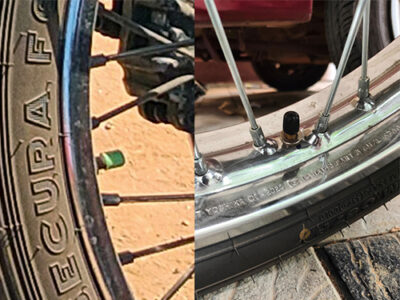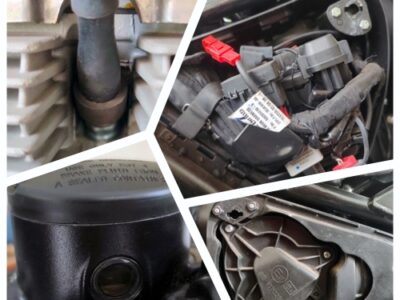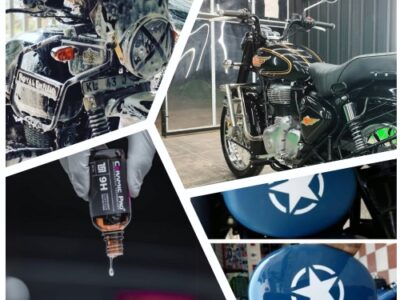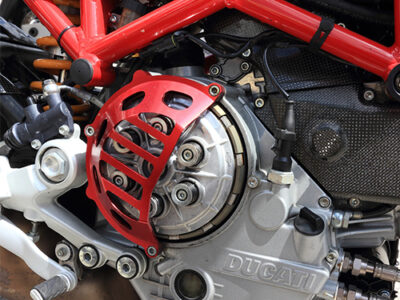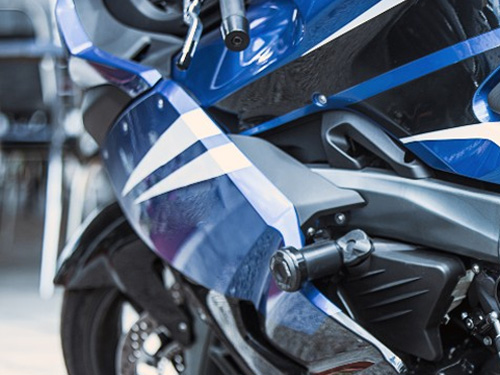
|
Getting your Trinity Audio player ready...
|
Long story short: Protect your bike’s paint with our comprehensive guide to different types of coating like paint protection film, ceramic coating, nano coating, Teflon coating for bike etc. Shield your ride from scratches and damage. Learn more now!
Nowadays, bike coating or motorcycle paint protection is garnering attention among motorcycle enthusiasts in a grand manner and is on an uptrend. Why? Because for each owner, their bike or motorcycle is like a baby to them and represents their identity and who they are. Some people say it is a luxury and a waste of investment, but we disagree. The question we need to raise here is.
Is paint protection a necessary thing or not?
Paint protection is an additional layer of defence for your vehicle’s paintwork, offering several benefits. Here are some factors to consider when deciding if paint protection is necessary for your vehicle:
- Protection from environmental factors
- Improve the appearance of your vehicle
- Higher resale value
- Long-term cost savings
- Ease of maintenance
- Prevention of paint damage
By reading the benefits, you can now clearly understand the pros, and we hope you are on the right side of the decision. So, we will now check the different types of bike coating, their pros and cons, and FAQs related to bike coating.
Different types of bike coating
Ceramic Coating
In India, many people choose ceramic coatings for motorcycle paint protection. These coatings defend against UV rays, chemicals, and minor scratches. You can find ceramic coatings from different brands and have them applied by professional detailers. They improve the shine and make cleaning the motorcycle a breeze.
Pros
- Provides long-lasting protection against UV rays, chemicals, and minor scratches.
- Enhances the shine and appearance of the motorcycle.
- Easy to clean and maintain.
Cons
- Requires professional application for optimal results.
- It can be relatively expensive.
Paint Protection Film (PPF)
You can apply transparent or coloured paint protection films (PPF) to your motorcycle’s painted surfaces. Professional installers can cut PPF to fit your bike’s design. PPF protects against stone chips, abrasions, and UV damage.
Pros:
- Excellent protection against stone chips, abrasions, and minor impacts.
- It is highly transparent and barely noticeable when professionally installed.
- Resistant to UV damage.
Cons:
- Professional installation is necessary for a flawless finish.
- It can be relatively expensive, especially for full coverage.
Nano Coating
Nano coating in India is available for professional detailers to apply. These coatings use nanotechnology to create a protective layer that bonds with the paint at a molecular level. They provide long-lasting protection against UV rays, contaminants, and minor scratches.
Pros:
- Long-lasting protection against UV rays, contaminants, and minor scratches.
- Provides a hydrophobic effect for easy cleaning.
Cons:
- It may be relatively expensive.
- Nano coating requires a professional application for best results.
Teflon Coatings
Teflon coating for bike, or PTFE (Polytetrafluoroethylene), is a bike protective treatment. It is applied to the paint and surfaces of motorcycles to create a non-stick and water-repellent layer on the exterior.
Pros
- Hydrophobic, which means they repel water.
- It can provide some protection against minor environmental contaminants like dust, dirt, and grime.
- It may offer limited protection against UV rays, which can reduce the fading of the bike’s paint and finish over time.
- Make cleaning the bike’s surfaces easier, as dirt and contaminants are less likely to adhere to the layer.
Cons
- Generally less scratch-resistant than ceramic ones.
- It may not be as long-lasting as ceramic or nano coating.
- Requires professional application for best results
- To make cleaning more manageable, you may still need to follow specific maintenance guidelines to ensure the coating’s longevity and effectiveness.
- Teflon coating for bike varies in price. Still, it’s a more budget-friendly option than some high-end ceramic coatings.
Graphene Coatings
Graphene coatings are durable and provide advanced protection. You can find them at select high-end detailing shops in India. These coatings resist UV damage oxidation and repel water.
Pros
- Highly durable and long-lasting protection.
- Resistant to UV damage oxidation and offers water repellency.
- Provides a high level of gloss.
Cons
- It can be more expensive than other coatings.
Silica Coatings
Many professional detailing shops in India offer silica coatings to motorcycle owners. Silica-based coatings are simple to apply and offer protection against UV rays and contaminants.
Pros
- It is easy to apply and protects against UV rays and contaminants.
- Enhances the motorcycle’s shine.
Cons
- It may not be as durable as some other coatings.
Hydrophobic Coatings
Hydrophobic coatings repel water and make cleaning your motorcycle easier. They are available in automotive detailing shops throughout India, and professionals can apply them.
Pros
- Repels water, making cleaning easier.
- Offers some protection against dirt and contaminants.
Cons
- It may require more frequent reapplication.
Synthetic Polymer Coatings
Synthetic polymer coatings are available at many automotive detailing shops. They protect your car from UV damage, oxidation, and minor scratches.
Pros
- Provides a protective layer against UV damage, oxidation, and minor scratches.
- Enhances the shine of the motorcycle.
Cons
- Durability may vary based on the product quality.
Lesser-known facts and exciting details about bike coating
Ceramic Coating Is Not a Substitute for Clear Coat
Ceramic coatings are applied on top of a vehicle’s clear coat to provide extra protection. They do not replace the clear coat but rather improve its performance.
Different Coating Types Offer Varying Durabilities
Choose a coating that suits your specific needs, as different types, such as ceramic coatings, PPF, and nano coating, offer varying levels of durability and protection.
PPF Offers Physical Protection
Paint protection film (PPF) protects against stone chips, road debris, and minor impacts. It is commonly applied to the front bumper, fenders, and mirrors to prevent damage.
Self-Healing Coatings Can Repair Minor Scratches
Certain ceramic coatings and PPF have self-healing properties. When exposed to heat or sunlight, they can automatically repair minor scratches and blemishes.
Proper Maintenance is Essential
Proper maintenance is essential to maintaining coatings’ effectiveness. This can be achieved by using recommended cleaning products and following care guidelines.
Film Patterns are Customizable
You can cut and shape PPF precisely to fit your motorcycle’s contours. Custom patterns will protect specific areas while maintaining the bike’s aesthetics.
Coating Thickness Varies
Coating thickness can vary, and thicker layers offer more excellent protection. Applying thicker coatings may be more difficult, but they provide enhanced durability.
UV Protection is Included
Many coatings provide UV protection that helps prevent paint from fading and deteriorating due to prolonged exposure to the sun.
Water Beading and Hydrophobic Properties
Coatings create hydrophobic surfaces, which make water bead and roll off, taking contaminants. This makes cleaning easier and reduces water spots.
Professional application for best results
If you want the best results and long-lasting coating, it is recommended to have professionals apply it. They have the necessary experience and equipment to guarantee a high-quality finish. Although DIY enthusiasts can apply some coatings, leaving it to the professionals is best.
Warranties Vary
Coating products have different warranties. Some offer warranties that last for several years, giving you peace of mind about the coating’s durability.
Cost Depends on Several Factors
The price of bike coating can vary greatly depending on the coating type, brand, application complexity, and motorcycle size.
FAQ about bike paint protection coatings
Is Teflon coating for bike good?
Teflon coating for bike, or PTFE (Polytetrafluoroethylene), is an option for protecting motorcycle paint and surfaces.
How do you protect a motorcycle tank from scratches?
Apply transparent or coloured paint protection film to the motorcycle tank. PPF is a transparent, self-healing film that provides a barrier against minor scratches, stone chips, and other forms of abrasion. This requires a professional application for optimal results.
Will ceramic coating remove scratches?
Ceramic coatings are not designed to remove scratches from bikes or other vehicles. Instead, ceramic coatings are intended to provide a protective layer on the vehicle’s paint and surfaces to prevent or minimize scratches and other forms of damage.
Can you ceramic coat a motorcycle?
No, the ceramic coating requires a professional application for the best results. DIY applications may not provide the same level of effectiveness and longevity.
Can paint protection film be removed?
Yes, PPF can be removed without damaging the vehicle’s paint. The removal process should be done carefully, often by a professional, to ensure that no adhesive residue is left behind and that the paint remains intact.
Can paint protection film be repaired?
Paint protection film (PPF) shields the paint underneath from harm. Unlike paint, PPF is not usually repaired by touch-ups or fixes. Instead, when PPF gets damaged, the usual action is to remove and replace it.
How long does PPF last?
The lifespan of PPF can vary depending on the quality of the film, the conditions it’s exposed to, and how well it is maintained. On average, high-quality PPF can last anywhere from 5 to 10 years.
Is PPF noticeable on my motorcycle?
PPF is designed to be virtually invisible, maintaining the aesthetic of your motorcycle. When correctly applied, it should not be noticeable to the casual observer.
Can PPF heal itself?
Many modern PPFs have self-healing properties, which can repair minor scratches and swirl marks with heat. This self-healing can occur naturally in the sun or accelerated with warm water or a heat gun.
Is PPF worth the investment?
For many motorcycle owners, especially those with new or high-end bikes, PPF is worth the investment as it helps maintain the bike’s appearance and resale value by protecting against physical and environmental damage.
Can PPF be applied to older motorcycles?
While PPF can be applied to older motorcycles, it is recommended that it be applied to brand-new bikes for the best results. On older bikes with extensive wear and tear, PPF may become more noticeable.
What is the Pencil Hardness Scale in motorcycle coating
The Pencil Hardness Scale evaluates the scratch resistance of protective and clear coats on motorcycle surfaces in motorcycle coatings and automotive detailing. It helps determine the ability of these coatings to withstand scratches and abrasions, allowing for an assessment of their durability and performance.
What is the difference between 5H and 9H in bike coating
The “H” in bike and other protective coatings stands for hardness. The number before the “H” indicates how resistant the coating is to scratches. The higher the number, the harder and more scratch-resistant the coating.
Does ceramic coating harm paint?
No, Properly applied and maintained ceramic coatings do not damage vehicle paint; they are meant to safeguard it. Ceramic coatings are renowned for offering numerous advantages to the paintwork.
Does ceramic coating protect the paint?
Yes, Ceramic coating protects the paint on your vehicle. It forms a transparent and highly resilient layer on the paint’s surface, whether ceramic, nano-ceramic, or SiO2 coating.
How long does Ceramic Coating last?
Ceramic coatings typically last for two to five years, depending on the quality of the product and how well it is maintained. Some newer and more advanced ceramic coatings offer higher durability for up to five years.
Other related articles to bike coating in India
- Motorcycle service – All things you need to know explained
- Tips to reduce your bike insurance premium in India
- Different types of bike wash explained
- All in one buying guide for motorcycle helmets in India
- Everything you need to know about bike engine oil explained
Conclusion
Throughout this article, We have discussed different types of coating for your bike, like Nano coating, Ceramic coating, Teflon coating for bikes, Paint protection film, the importance of bike coating and some related FAQs. If you have any other doubts or queries, email us at bikeleague2017@gmail.com or share your doubts or opinions in the comments section below. We are always eager to help and assist you. Also, here are several social media platforms of Bikeleague India to raise your suspicions.

